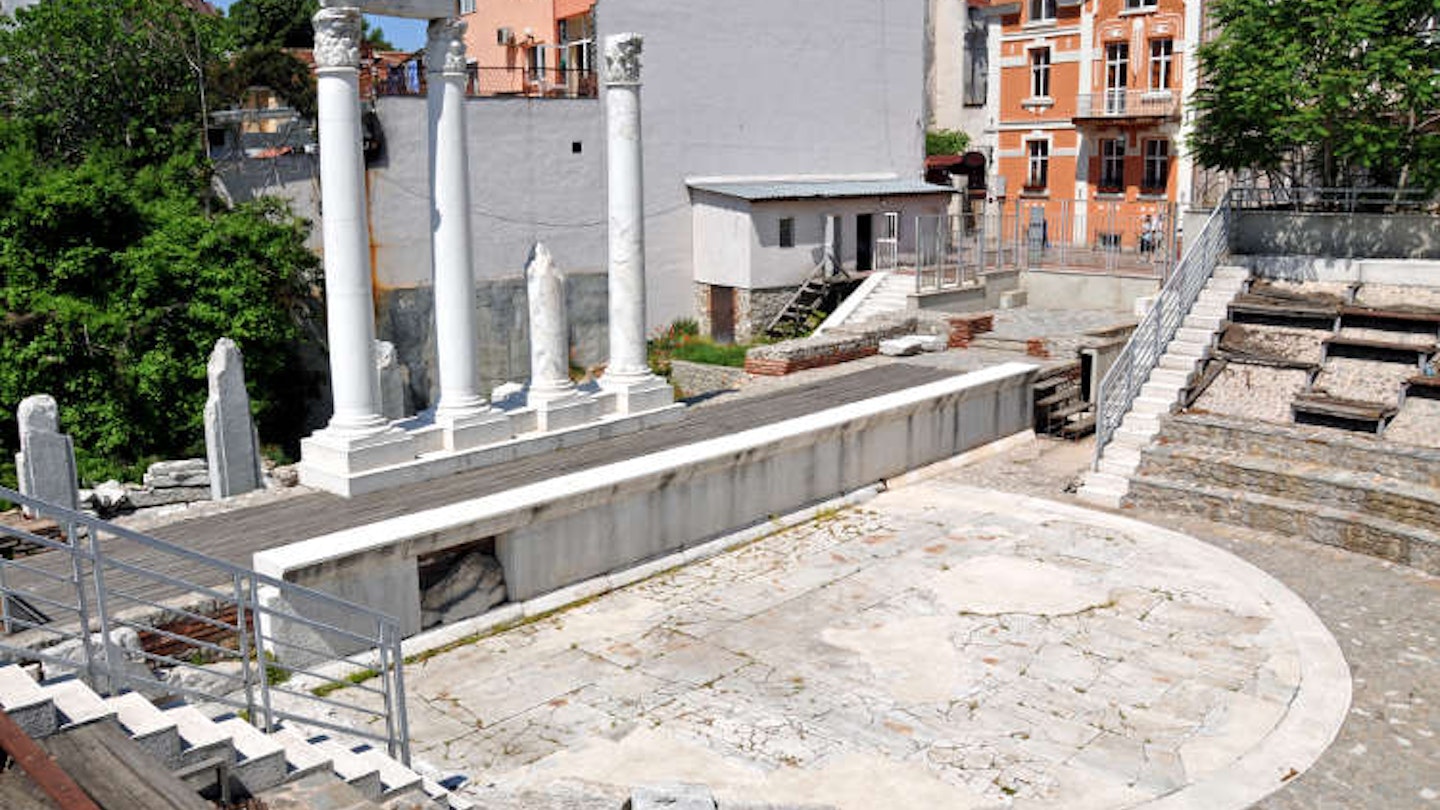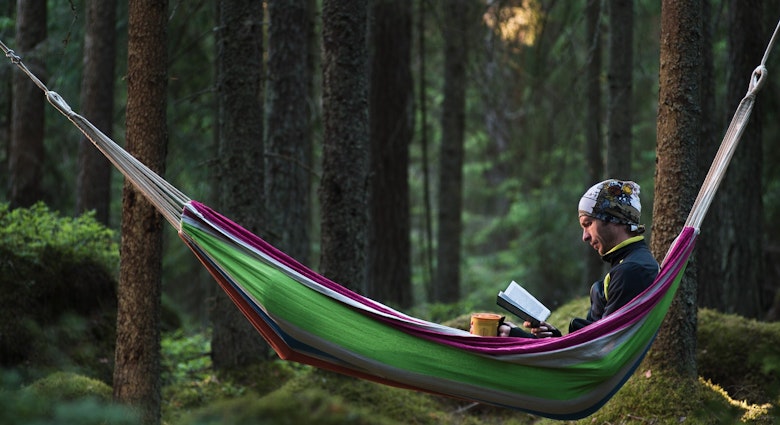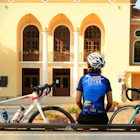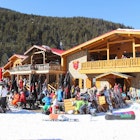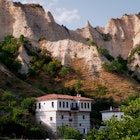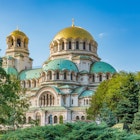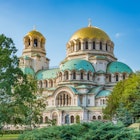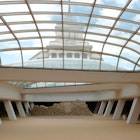There’s a lot to love about Plovdiv: just ask the Greeks, Romans, Byzantines and Turks, all of whom fought to claim it as their own. Originally established by the Thracians around 5000 BC, Plovdiv was proclaimed the sixth-oldest city in the world, and while it’s not future-shy (it’s recently been named the European Capital of Culture for 2019), Bulgaria’s second city rightfully revels in its past. Soak up the ancient atmosphere on an afternoon amble through old Plovdiv.
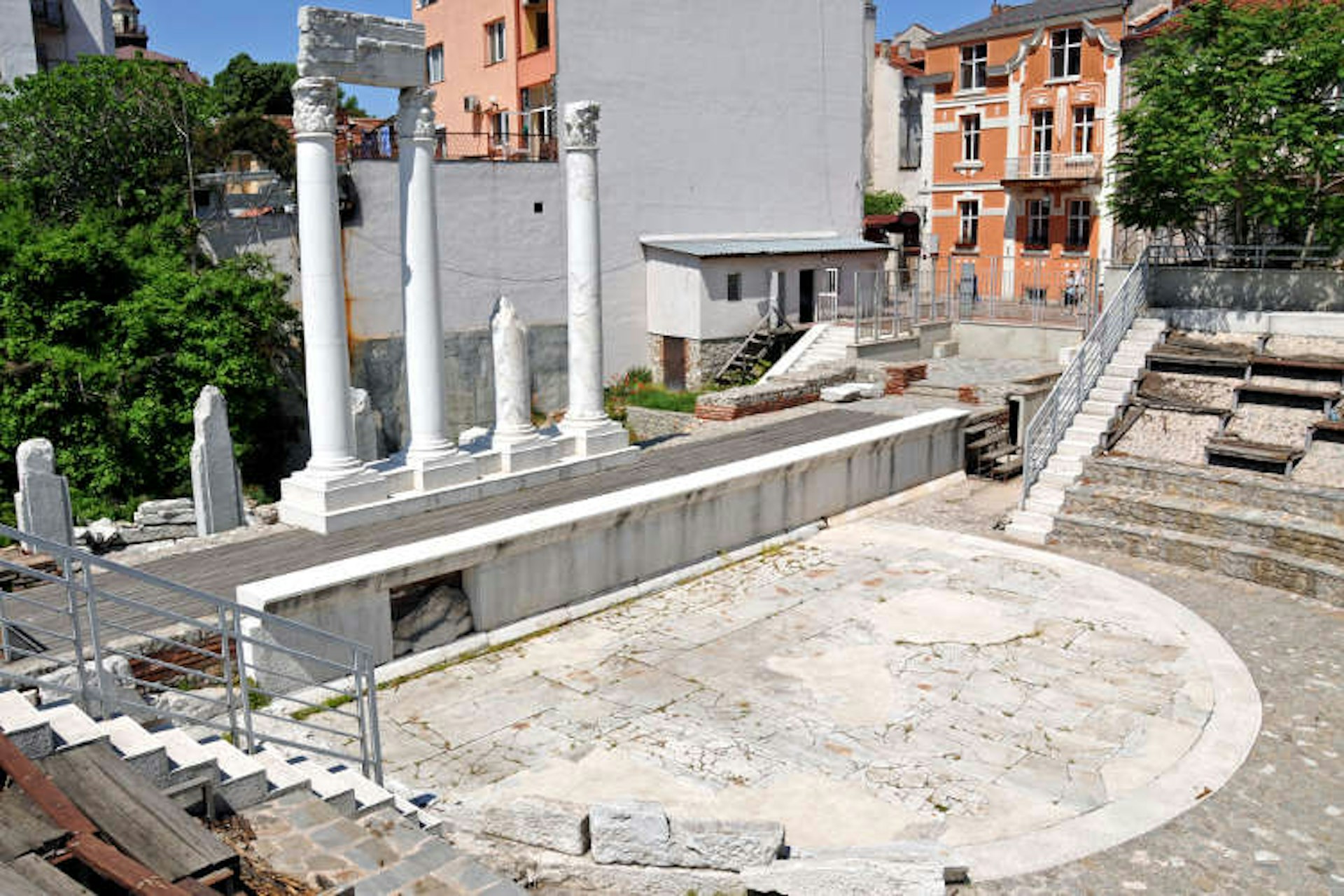
Strap on your best boots: it’s gonna be a bumpy walk. Much of Plovdiv’s Old Town (Stari Grad) is beyond cobbled: it’s positively craggy. Suitably shod, make your way to Plovdiv’s Tourist Information Centre at the southern end of the vast, bustling Ploshtad Tsentralen (Central Square) and grab some handy maps. Whet your whistle with a taste of the timeless treats to come at the partially restored Roman Odeon, constructed between the 2nd and 5th centuries AD. Once used as the seat of the city council, it now hosts occasional performances in its tiny reconstructed amphitheatre: check out the original columns.
Head north, taking a slight detour to Bul Tsar Boris III Obedinitel before popping down the Podlez Arhaeologiski (Archaeological Underpass) for a peek inside the floor-to-ceiling windows of the Cultural Centre Trakart and a glimpse of extensive Roman mosaics left in situ. Loop back and continue north toward Ploshtad Dzhumaya for a Roman reveal: a 2nd-century-AD stadium once used for gladiator matches. Though it’s partially hidden under the pedestrian mall, you can clamber down any of the stairways to check out the recently renovated rows – a fraction of the original 30,000 seats – up close; for a truly immersive experience, catch an on-site showing of the 3D movie bringing the Philippopolis – as it was called in the Roman days – of old back to life. To your right, the Dzhumaya Mosque competes for attention, with its 23m-high minaret and claim on history: built in 1364, then demolished and rebuilt in mid-15th century, the still-working mosque is the second-oldest in Europe.
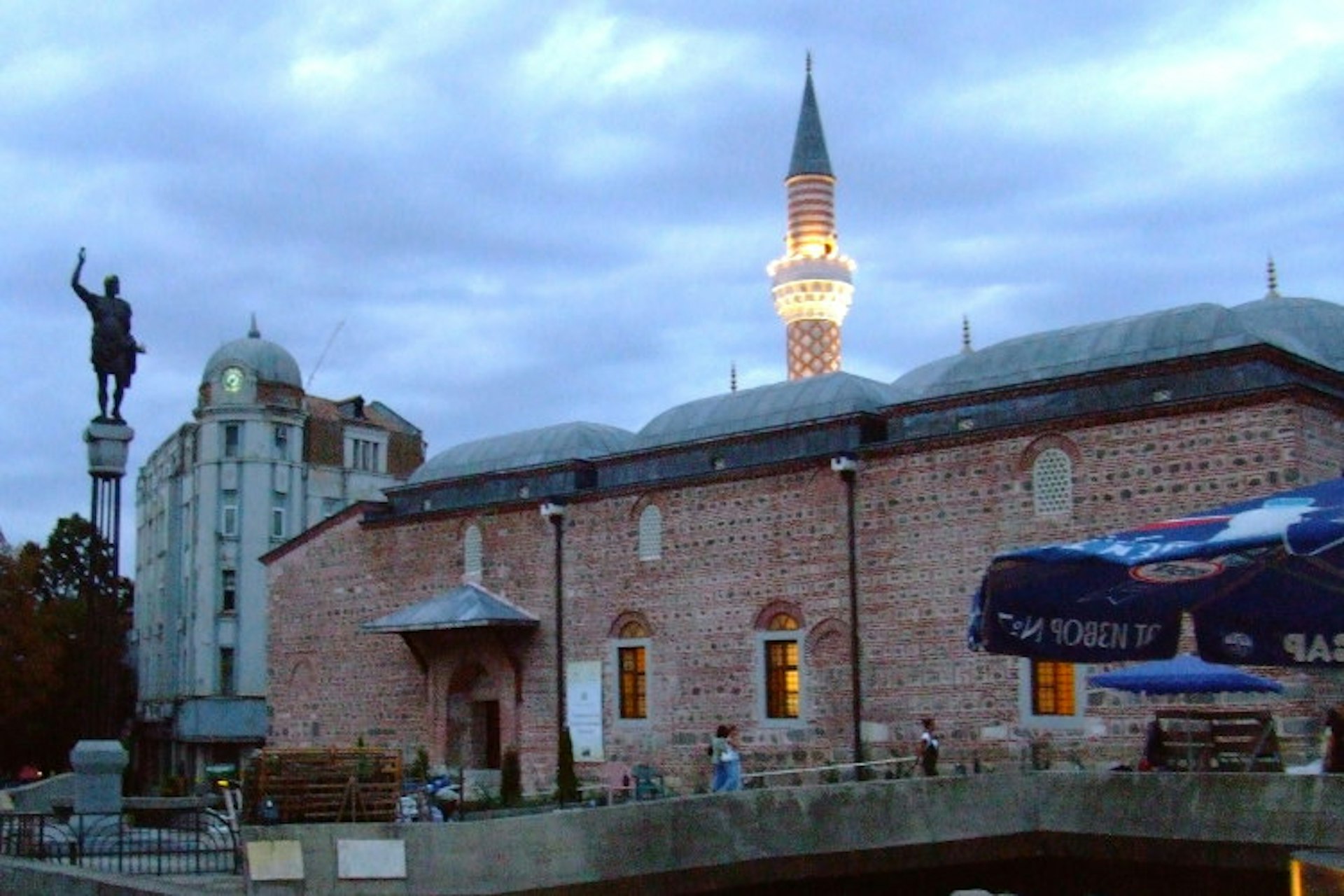
Veer off through the little square on your right and clamber up the cobblestones of ul Mitropolit Paisii past the magnificent Danov House, where gorgeous gardens offer magnificent views: inside are various exhibitions relating to Hristo Danov, nicknamed the ‘Bulgarian Gutenberg’ for his pioneering work in book publishing. Across is the Church of Sveta Bogoroditsa; local students often sit outside to sketch street scenes along ul Saborna, but for the ultimate artistic inspiration, head inside and admire the lush, colourful frescoes.
Continue your ascent and you’ll pass scores of stunning Bulgarian Revival houses, some restored, others flaking gloriously; turn right at Lamartine House (dating from 1829, it honours French poet Alphonse de Lamartine, who stayed for three days during his ‘travels in the Orient’), loop down ul Hemus and follow the crowds to Plovdiv’s showstopper, the breathtaking 2nd-century-AD Roman amphitheatre. Built during the reign of Emperor Trajan, this remarkably renovated coliseum once held 6000 spectators: today, visitors can scarper around on-stage, take a guided tour, or, if the timing’s right, make like a Philippopolian and catch a concert from its marble seats. Soak up the surrounds at the cafes overlooking the amphitheatre, or totter downhill to the leafy Citizens Club (Grazhdanski Klub), a welcoming courtyard restaurant attached to the endearing Vazrazdane Gallery, which showcases modern Bulgarian artworks from the whimsical to the way-out.
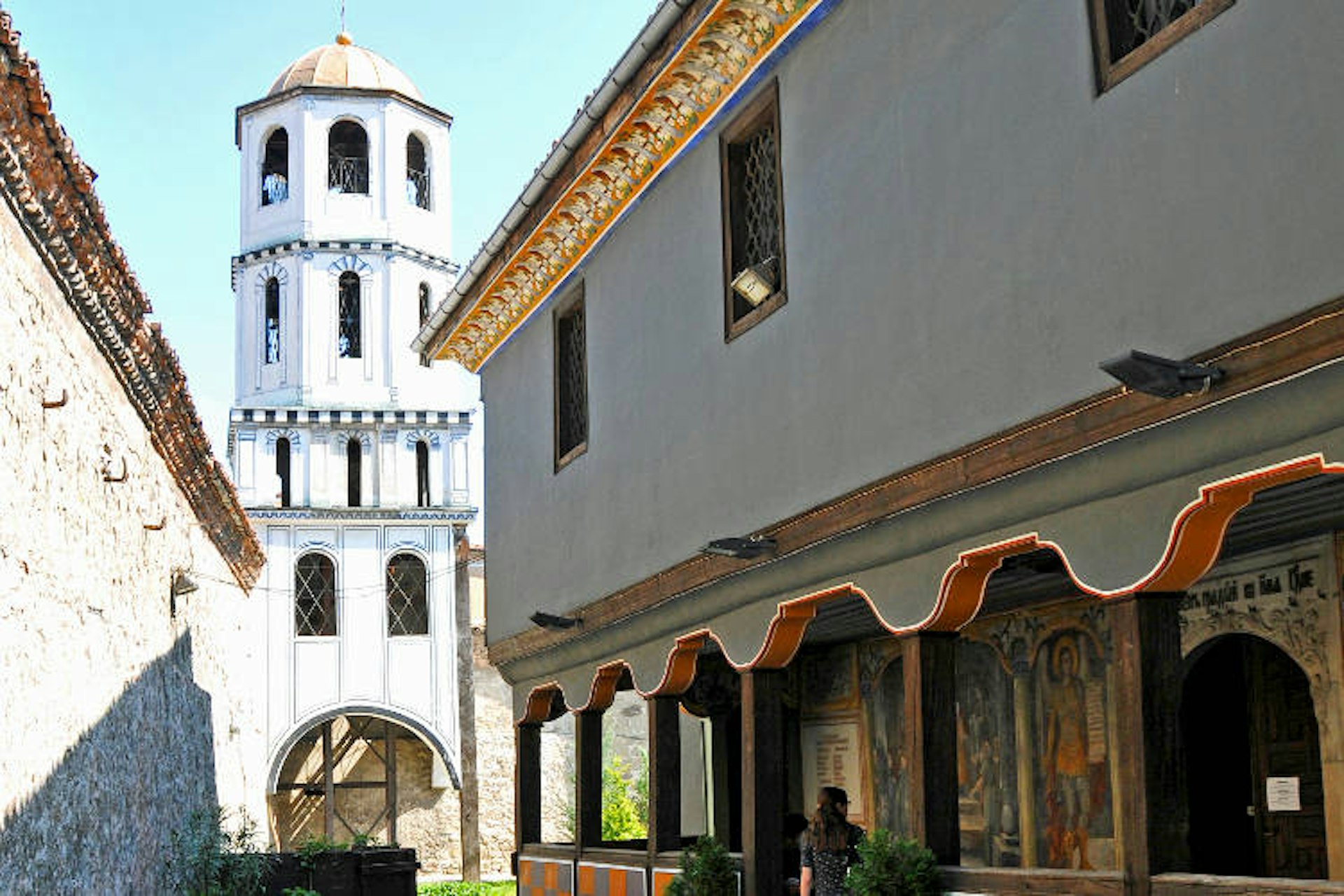
From here, art aficionados are spoiled for choice: all within stumbling distance of each other are the State Gallery of Fine Arts (featuring 19th- and 20th-century Bulgarian masters), Encho Pironkov City Gallery of Fine Arts (displaying modern Bulgarian works), Zlatyu Boyadjiev House (full of gigantic paintings in which old Plovdiv and the Bulgarian peasantry play starring roles) and the Permanent Exhibition of Dimitar Kirov (chock-a-block with colourful creations by ‘DiKi’, Plovdiv’s artiste provocateur). Can’t choose? Head directly to the Icon Gallery on the antique-shop-lined ul Saborna: it’s small but the collection of icons – some dating as far back as the 15th century – is heavenly. It sits next to the Church of Sveti Konstantin and Elena, Plovdiv’s oldest and one of its most beloved: the riotous frescoes and gilded iconostasis within belie its broody exterior. The original church – dedicated to Emperor Constantine the Great and his mother, Helena – was built in AD 337. Next door is the unmissable Ethnographical Museum, housed within a gorgeous baroque mansion; if you can drag yourself from its equally glorious garden and make it inside, you’ll find more than 40,000 displays covering life and culture in Plovdiv across the ages. Just outside is the looming stone Hisar Kapiya, the eastern gate to the Old Town; it was originally erected by the Romans, but the formidable fortress walls in front of which you’ll be taking photos today date back to the 11th century.
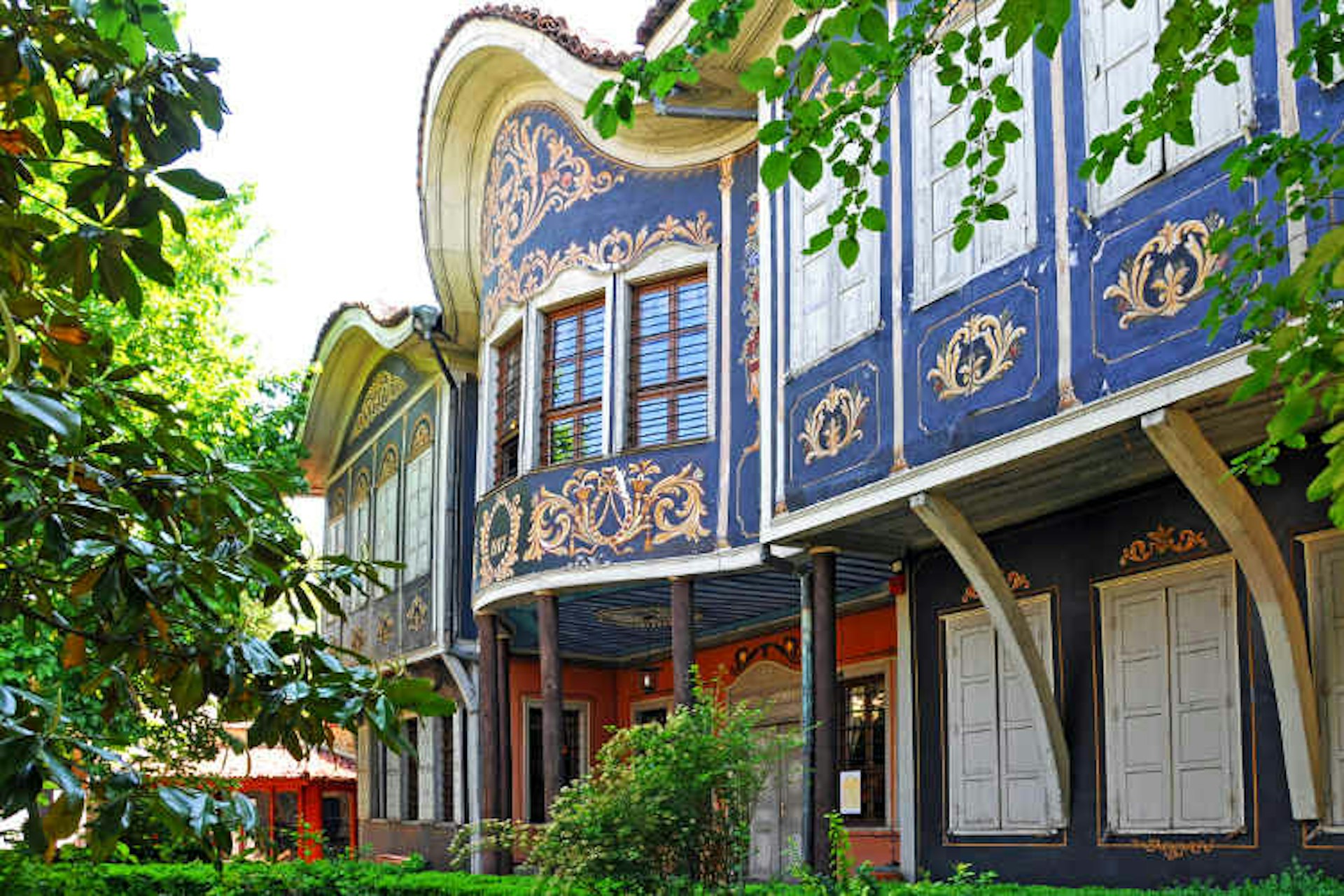
Wrap up your rubbernecking with an energetic climb (the last for the day, promise) up to Nebet Tepe (Prayer Hill), a 200m-high hill boasting the rubble of Plovdiv’s earliest settlement – Eumolpias, circa 5000 BC – and Plovdiv’s prime panorama. Yes, there’s a bar up the top: praise Dionysus!
Make it happen
Plovdiv is an easy hour-and-a-half drive from Sofia (even quicker if you have the nerve for Bulgaria’s highway speed limit of 140km/h). Buses and trains run frequently between here and Sofia, Burgas and other popular Bulgarian destinations (see avtogari.info and bdz.bg for timetables). Right in the middle of the antediluvian action is Hostel Old Plovdiv, a charming, boutique inn run by the charismatic Hristo Giulev that was recently awarded fourth place on Lonely Planet’s Top 10 Best Value Stays for 2014 list.

